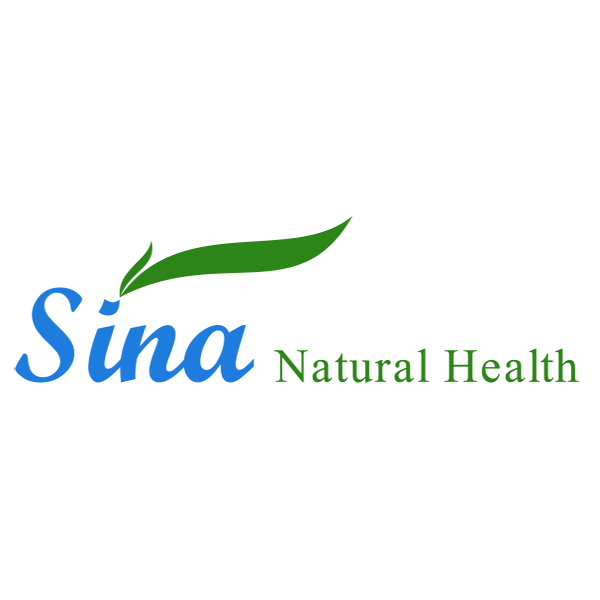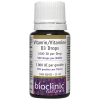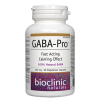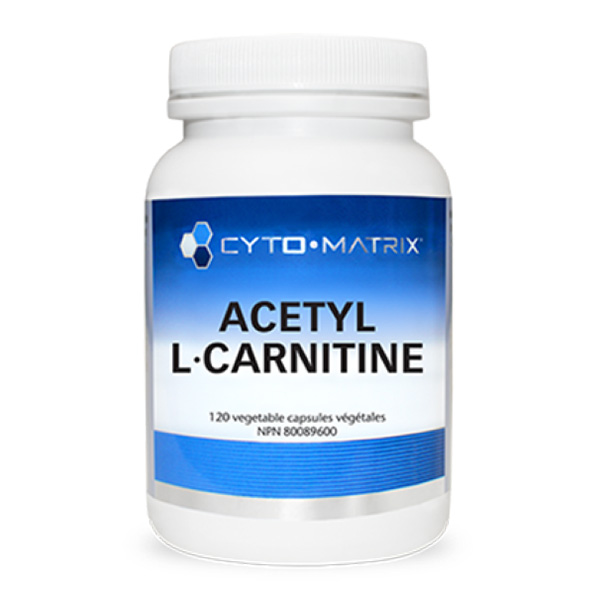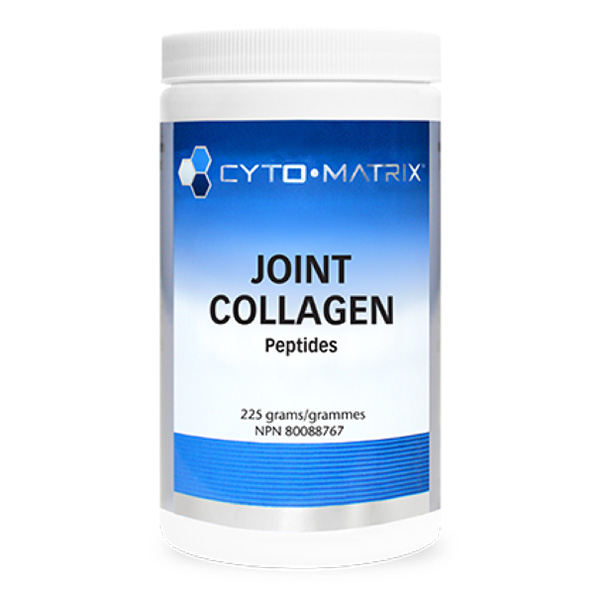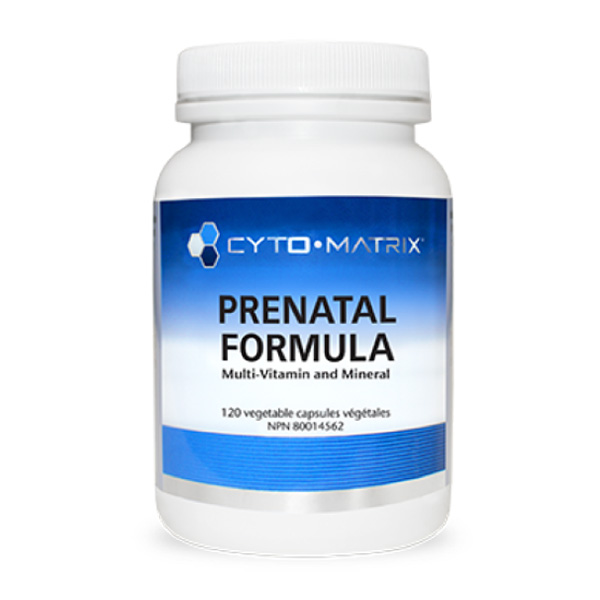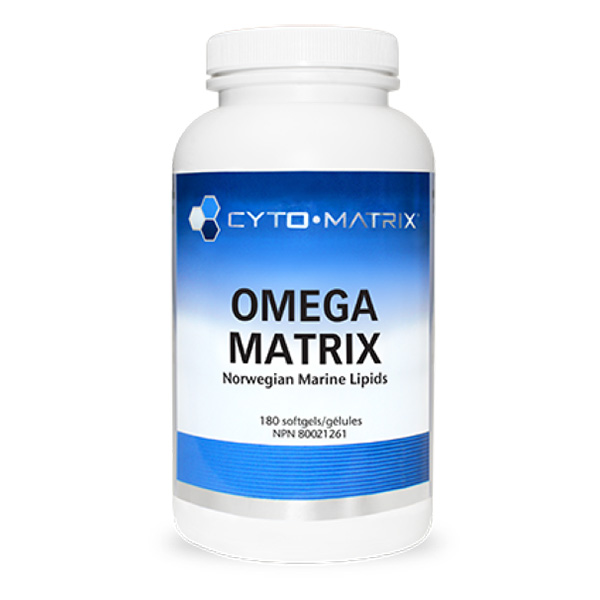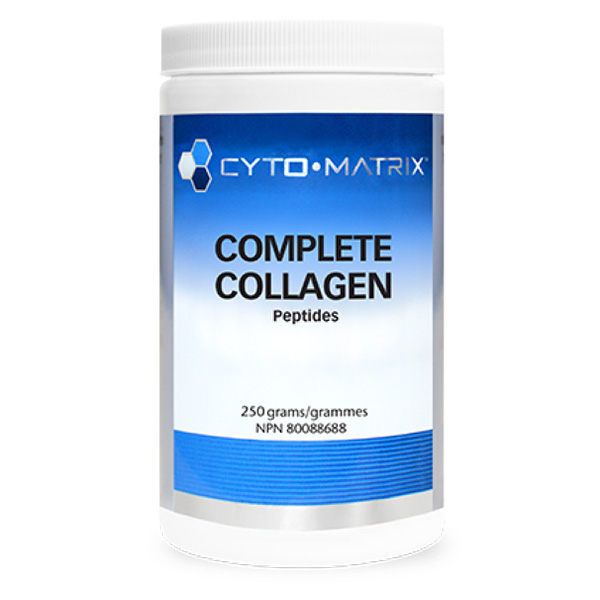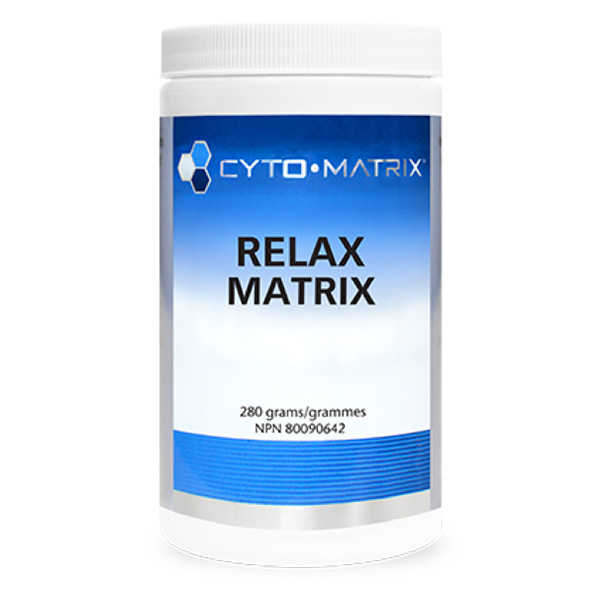Bioclinic – ThyroVantage HT

$21.99
Thyroid Support
90 Vegetarian Capsules ( SKU: 9671, NPN: 80057582 )
In stock
Benefits
- Provides nutritional building blocks for healthy thyroid hormone formation
- Includes tyrosine and key minerals for thyroid function, including iodine, selenium, copper, and manganese
- Withania somnifera (ashwagandha) and guggul extract stimulate thyroid function
- Pantothenic acid helps support adrenal gland responsiveness
- Suitable for vegetarians/vegans
Feature Summary
Subclinical hypothyroidism is present in 10% of the adult population and, if untreated, it increases the risk for cardiovascular disease.1–3 As an adjunct to prescriptive treatment, ThyroVantage HT provides the nutritional building blocks for healthy thyroid hormone production, including L-tyrosine, an important nutritional precursor for thyroxine (T4). It also provides catecholamines, such as norepinephrine and dopamine, as supplementation has been shown to mitigate periods of stress.4,5 Potassium iodide provides iodine, which is critical to thyroid hormone formation and is deficient in 15–23% of women.6,7 Iodine supplementation among women with iodine deficiency has been shown to reduce both TSH and cholesterol levels.8
ThyroVantage HT includes two herbs known to stimulate thyroid function: Commiphora mukul, shown to enhance T3 formation in animal studies, and Withania somnifera, which significantly improved TSH, T3, and T4 levels in patients with subclinical hypothyroidism in a prospective randomized and controlled trial.9–12 Selenium (as selenomethionine) is also included, as supplementation has been shown to reduce thyroid autoantibody levels (thyroid peroxidase) among adults, both when combined with levothyroxine and when given alone.13 Pantothenic acid provides additional adrenal support, with the minerals copper and manganese providing cofactor support for thyroid function.14–16
Medicinal Ingredients
| Each Capsule Contains: | |
| L-Tyrosine | 250 mg |
| Ashwagandha Extract (Withania somnifera) (root) (1.5% Withanolides) | 75 mg |
| Guggul Extract (Commiphora mukul) (gum oleoresin) (2.5% Guggulsterone) | 60 mg |
| Pantothenic Acid (Calcium d-Pantothenate) | 50 mg |
| Copper (Cupric Gluconate) | 250 mcg |
| Manganese (Citrate) | 250 mcg |
| Iodine (Potassium Iodide) | 50 mcg |
| Selenium (Selenomethionine) | 25 mcg |
Non-Medicinal Ingredients
Vegetarian capsule (carbohydrate gum [cellulose], purified water), microcrystalline cellulose, vegetable grade magnesium stearate (lubricant).
Allergens:
Contains no artificial colours, preservatives, or sweeteners; no dairy, starch, sugar, wheat, gluten, yeast, soy, egg, fish, shellfish, salt, tree nuts, or GMOs. Suitable for vegetarians. Sealed for your protection. Do not use if seal is broken. For freshness, store in a cool, dry place.
Recommended Use:
2–4 capsules per day, 1–2 capsules with breakfast and 1–2 capsules with lunch, or as directed by a health care practitioner.
Contraindications
No known contraindications, but should be avoided by pregnant and breastfeeding women.
Drug Interactions
Do not take with warfarin.17 Caution is advised if an MAO inhibitor is being used, due to a theoretical risk for elevated tyramine levels with tyrosine supplementation.18
1. Biondi, B., Cappola, A. R., &Cooper, D. S. (2019). Subclinical hypothyroidism: a review. JAMA, 322(2), 153-60.
2. Francois, J., Al-Sadawi, M., Casillas, J., et al. (2020). Hypothyroidism and heart failure: epidemiology, pathogenetic mechanisms &therapeutic rationale. International Journal of Clinical Research Trials, 5(1), 146.
3. Inoue, K., Ritz, B., Brent, G. A., et al. (2020). Association of subclinical hypothyroidism and cardiovascular disease with mortality. JAMA Network Open, 3(2), e1920745.
4. Jongkees, B. J., Hommel, B., Kühn, S., et al. (2015). Effect of tyrosine supplementation on clinical and healthy populations under stress or cognitive demands&%8212;A review. Journal of Psychiatric Research, 70, 50-7.
5. Palinkas, L. A., Reedy, K. R., Smith, M., et al. (2007). Psychoneuroendocrine effects of combined thyroxine and triiodothyronine versus tyrosine during prolonged Antarctic residence. International Journal of Circumpolar Health, 66(5), 401-17.
6. Hollowell, J. G., &Haddow, J. E. (2007). The prevalence of iodine deficiency in women of reproductive age in the United States of America. Public Health Nutrition, 10(12A), 1532-9.
7. Kerver, J. M., Pearce, E. N., Ma, T., et al. (2021). Prevalence of inadequate and excessive iodine intake in a US pregnancy cohort. American Journal of Obstetrics and Gynecology, 224(1):82, e1-82.
8. Herter-Aeberli, I., Cherkaoui, M., El Ansari, N., et al. (2015). Iodine supplementation decreases hypercholesterolemia in iodine-deficient, overweight women: a randomized controlled trial. Journal of Nutrition, 145(9), 2067-75.
9. Tripathi, Y. B., Malhotra, O. P., Tripathi, S. N. (1984). Thyroid stimulating action of Z-Guggulsterone obtained from Commiphora mukul. Planta Medica, 50, 78-80.
10. Panda, S., &Kar, A. (1999). Gugulu (Commiphora mukul) induces triiodothyronine production: possible involvement of lipid peroxidation. Life Sciences, 65(12), PL137-41.
11. Sharma, A. K., Basu, I., &Singh, S. (2018). Efficacy and safety of ashwagandha root extract in subclinical hypothyroid patients: a double-blind, randomized placebo-controlled trial. Journal of Alternative and Complementary Medicine, 24(3), 243-8.
12. Panda, S., &Kar, A. (1999). Withania somnifera and Bauhinia purpurea in the regulation of circulating thyroid hormone. Journal of Ethnopharmacology, 67(2), 233-9.
13. Wichman, J., Winther, K. H., Bonnema, S. J., et al. (2016). Selenium supplementation significantly reduces thyroid autoantibody levels in patients with chronic autoimmune thyroiditis: a systematic review and meta-analysis. Thyroid, 26(12), 1681-92.
14. Pan, L., Jaroenporn, S., Yamamoto, T., et al. (2011). Effects of pantothenic acid supplement on secretion of steroids by the adrenal cortex in female rats. Reproductive Medicine and Biology, 11(2), 101-4.
15. Ihnatowicz, P., Drywien, M., Wator, P., et al. (2020). The importance of nutritional factors and dietary management of Hashimoto’s thyroiditis. Annals of Agricultural and Environmental Medicine, 27(2), 184-93.
16. Eder, K., Kralik, A., &Kirchgessner, M. (1996). The effect of manganese supply on thyroid hormone metabolism in the offspring of manganese-depleted dams. Biological Trace Element Research, 55, 137-45.
17. Al Faraj, S. (2005). Antagonism of the anticoagulant effect of warfarin caused by the use of Commiphora molmol as a herbal medication: a case report. Annals of Tropical Medicine &Parasitology, 99, 219-20.
18. Hinz, M., Stein, A., Cole, T., et al. (2014). Administration of supplemental L-tyrosine with phenelzine: a clinical literature review. Clinical Pharmacology, 6, 107-10.
Related Documents
| Weight | 0.1 kg |
|---|
